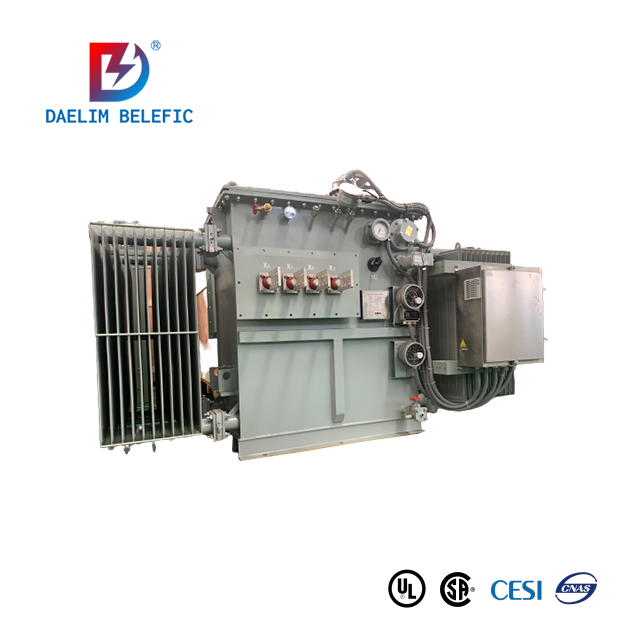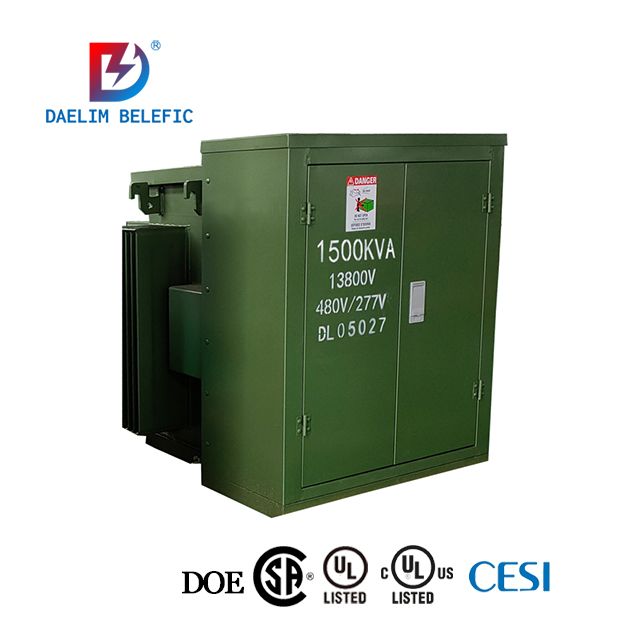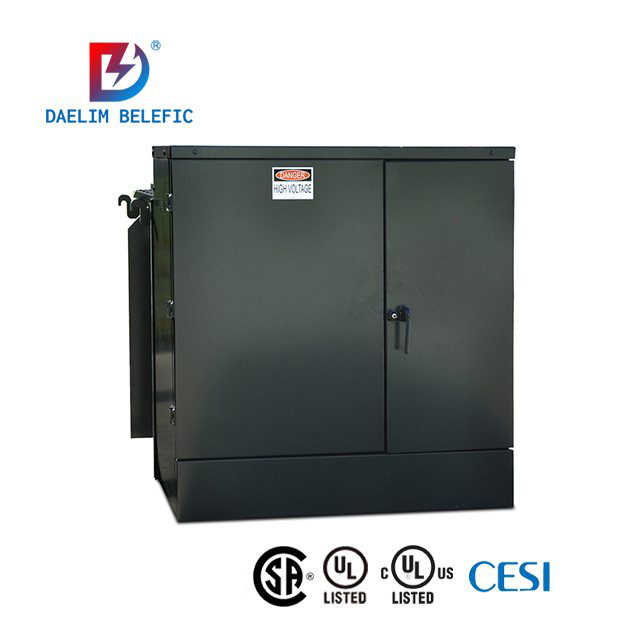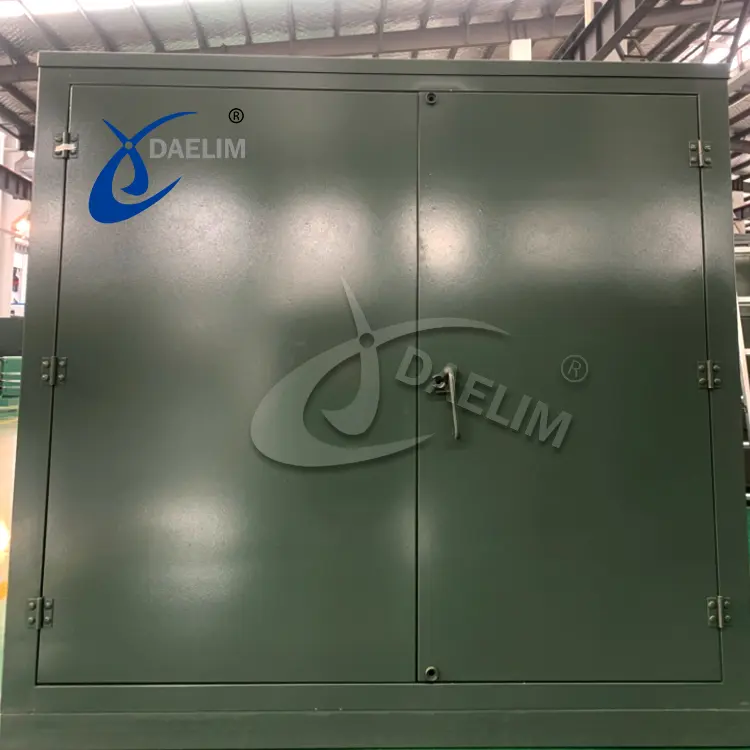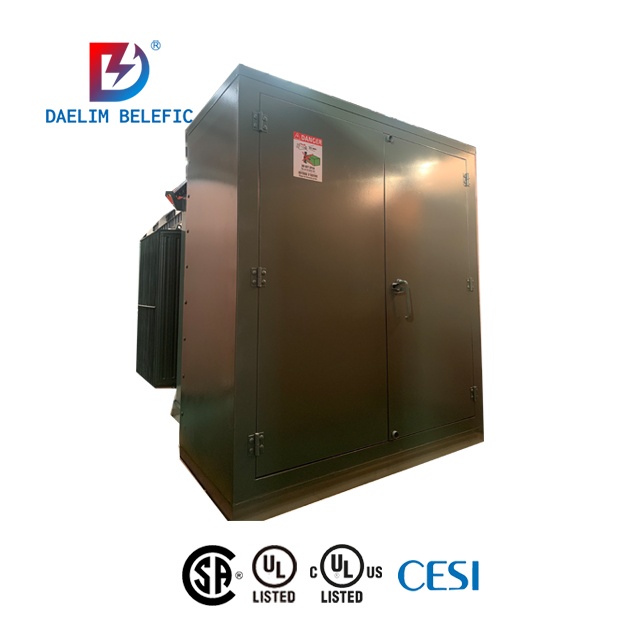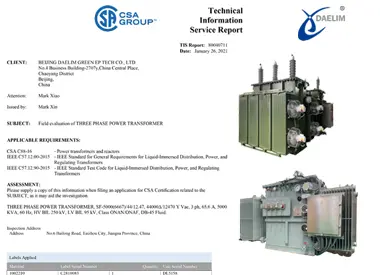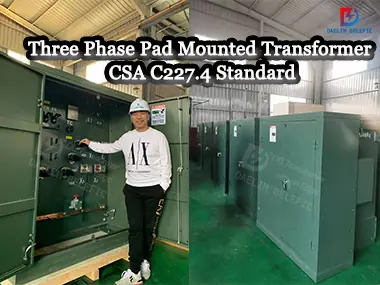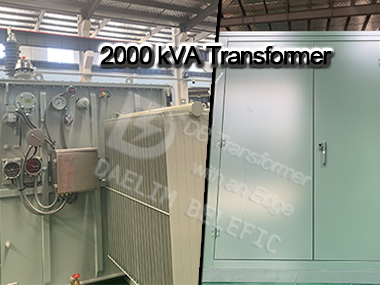CSA C802 For Minimum Efficiency Values For Power Transformers
In the year January 1st of 2005, dry-type distribution transformers in the country of Canada became increasingly subject to the Energy Efficiency Act and Regulations.
First, dry-type transformers must strictly meet the minimum energy performance standards and requirements set forth by CSA C802.
Also, to provide independently educated statistics on their energy efficiency production to Natural Resources Canada.
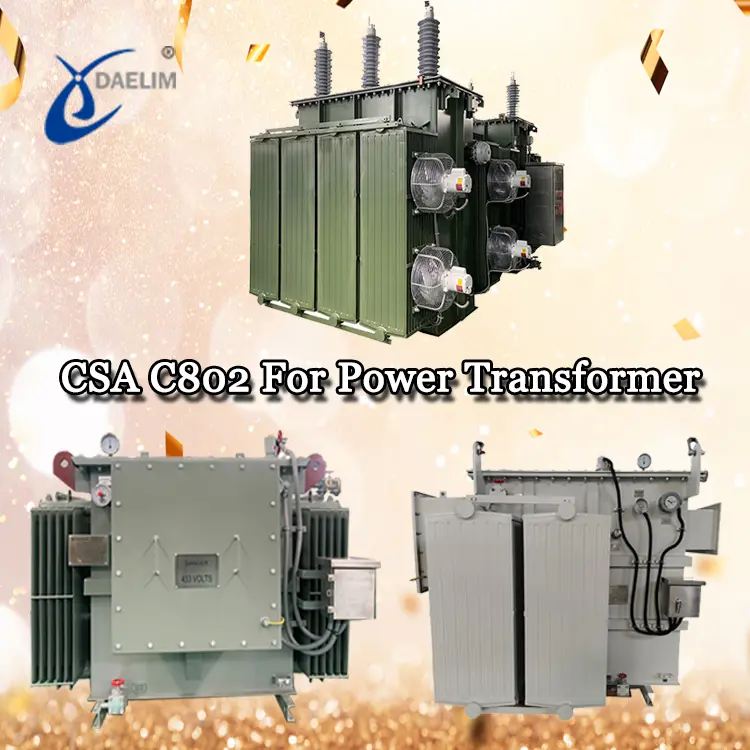
If you reach the TP-1 efficiency rate, you will also achieve the Canadian C802.2.12 policy. With this guide, we will determine the policies and standards under CSA C802.
Beginning in January 2018, power transformer deliveries in Canada were necessary to meet new efficiency criteria. These numbers are usually based on the 2016 guidelines set forth by the U.S. Department of Energy.
Historically, effective May 1st of 2019, Canada state must adhere to the new C802.2 standard efficiencies.
It is compulsory in Canada that transformer manufacturers provide their efficiency testing to a 3rd party lab for inspection.
Keep reading as we determine the efficiency values of power transformers. These will be in accordance with CSA's C802.1 C802.2 and C802.3 versions.
What is CSA C802 Standard? 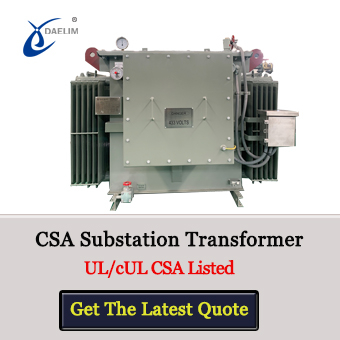
The Canadian Standards Association has issued and produced CSA C802 as a national standard and policy for the country.
This policy explicitly shows the performance and efficacy levels of power transformers rated from 501 to 10000 kVA.
Total ownership costs are generally provided as a method for reaching these cost reductions, particularly for power transformer manufacturers.
Learn More About CSA Standard
Canada Energy Efficiency
As per the Canadian Energy Efficiency Act, all dry-type distribution transformers producers in Canada on or after January 1st, 2005, must meet the minimum and required energy efficiency benchmark defined in CSA C802.2.
This subsection indicates that the HPS series of 1.2kV class energy-efficient distribution transformers typically meets or achieves the minimum efficiency standards.
The performance of the transformer at 35% of its rated kVA capacity was commonly applied to determine these ratings.
We can make a short list of the types of items that are generally covered by these standards:
(insert image)
United States Energy Efficiency 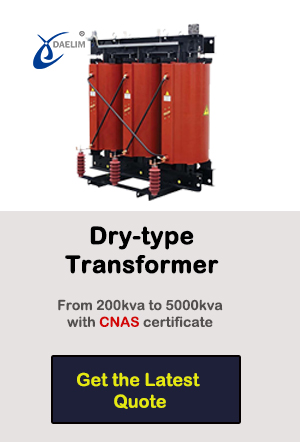
Any dry-type transformers produced in the US after January 1st, 2007, must reach minimum energy efficiency requirements, as specified by DOE.
Referred to as Final Regulation for the Commercial Equipment Energy Conservation Program's Standards for Energy Savings in Distribution Transformers.
Every one of the HPS series 600 V class distribution transformers satisfies or exceeds these energy efficiency standards.
To calculate efficiency ratings, only a third of the full load is usually utilized.
Learn More About Transformer Efficiency
What is CSA C802.1 Standard Version and Scope?
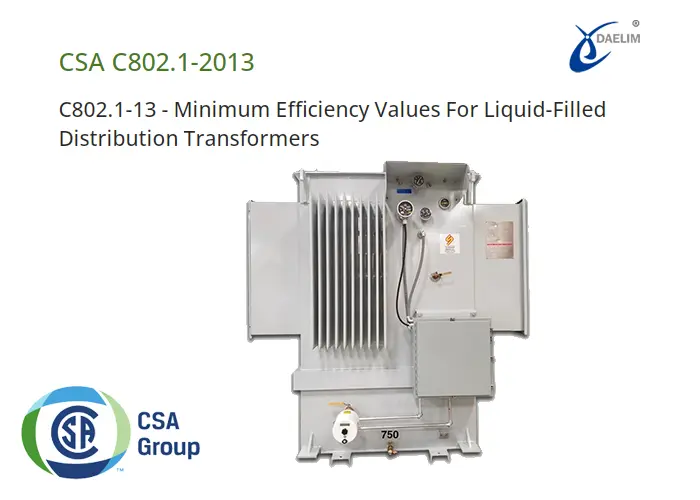
To meet the minimum efficiency standards set forth by CSA C802.1, liquid-filled distribution transformers must adhere to certain design and construction guidelines.
This update overrides the 2000 version.
Utilities can use the Total Ownership Cost model to guarantee that the transformers they acquire are adequate and enough for the foreseeable conditions in the province area.
It will designate a multiplier rooted on the present value (PV) of the no-load and load losses over the dry-type transformer's anticipated lifetime.
Also, the Loss Assessment Formula is commonly applied to specify these values. The lifetime fees of a transformer are generally calculated by adding the initial purchase cost to the discounted value of the losses (TCO).
The use of TOC has helped utilities cut down on transformer losses and high costs.
Because putting into practice the TOC technique presents unique challenges, the minimal efficiencies required by this Standard come in especially handy.
The presented data are generally consistent with what might be usually expected when efficiency is usually calculated from losses that relate to TOC computations.
If the user can reduce their operating losses and so save money in the long run, then the larger initial investment may be then justified.
Utilities frequently adjust their assessment methodology in reaction to changing market conditions.
As a result, the efficiency values in this Standard will be constantly updated to reflect these adjustments.
Scope
1.1
This policy defines the minimum quantity of energy efficiency prerequisite for any liquid-filled transformers.
Electric utilities are also encouraged to apply the total ownership fees (TOC) technique as a means of determining these energy efficiencies.
The policy also specified the application for non-utility users using an updated version of the TOC method. This will account for energy costs.
1.2
Any liquid-filled, single phase and 3-phase transformers with an insulation class of 34.5 kVA are generally under this policy.
Learn More About 3-Phase Transformer
1.3
This policy details the wide range of possibilities for efficiency and provides methods for accounting for inevitable changes to the concrete efficiency figures.
1.4
This policy set up the methods for testing a transformer's capability so that it may be equally measured.
1.5
Outside of this policy standard are:
- Automatic transformers
- Testing
- Welding
- Furnace
- Rectifier
- Network and grounding transformers
- Step-voltage regulators
- Tap ranges transformers of more than 15%
- Transformers operating at frequencies of 60 Hz
- Transformers with nonstandard core designs
Related Article
Pad Mounted Transformer CSA C227.4 National Standard of Canada
What is CSA C802.2 Standard Version?
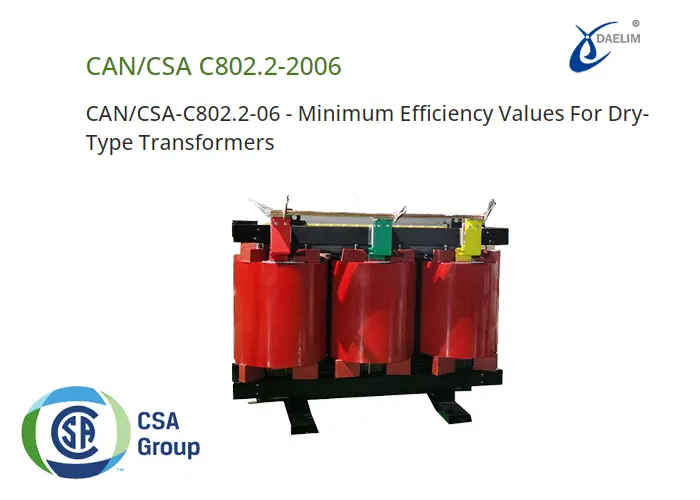
CSA C802.2 standard version is a guideline for power transformers to comply with strict energy efficiency standards set by the Canadian government. Thus, C802.2.12 was widely 2016 and switched to C802.2.14 in 2019.
On the other hand, NRCan (Natural Resources Canada) is a regulatory body responsible for implementing efficiency benchmarks. The abbreviation for "National Research Council of Canada 2019" indicates that this is the newest standard.
insert image
Dry Type Low-Efficiency Transformers
These transformers must achieve the NRCan Efficiency policy and requirements when operating at a temperature of 75 deg C and a load of 35%.
- Not more than 34.5 kilovolts at the plug-in.
- Output voltage less than 600 V, frequency rating between 60 Hz and 1 MW, power output between 15 kVA and 1 MW
- To be generally cooled by air
- To determine efficiency in the transformer, the following conditions are frequently utilized as potential benchmarks:
- a) At 20 deg C for no-load capacity losses
- b) for load losses use 75 deg C and 35% of the nameplate volume
You may enjoy: Pad Mounted Transformer
Which transformers do not apply to Canadian efficiency standards?
- Automatic transformer
- Non-ventilated
- Encapsulated
- Low-voltage current of 4000 Amp
- Drive transformers
- Grounding
- Rectifier
- Resistance grounding
- Sealed
- On-load regulating
- Special-impedance
- Resistance grounding
- Welding
What is CSA C802.3 Standard Version and Scope?
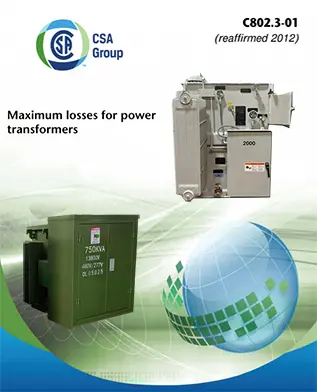 CSA C802.3 has revised the 2001 edition of maximum loss for power transformers.
CSA C802.3 has revised the 2001 edition of maximum loss for power transformers.
Thus, it adopts the stance of the "Maximum Losses for Distribution, Power, and Dry-Type Transformers" subsection of CAN/CSA-C802.
The criteria for evaluating a power transformer's performance have been generally revised from "highest losses".
This is to satisfy the minimum efficiency and C802.3 has been notably modified to reflect these outcomes.
It's important to remember when looking for transformers, that the minimum efficiencies specified by this standard are always meant to supplement, not replace, the use of loss evaluation formulas.
Contrary to the minimal efficiency at 50% load assumption, loss evaluation methods account for the expenses associated with user location and loading patterns.
Thus, loss evaluation algorithms have to be generally utilized as they are cheap and can help guarantee minimal efficiency loss.
Scope
1.1
All liquid-filled power transformers must meet the efficiency standards set out in this Standard.
1.2
Power transformers with a KVA rating of between 500 and 10,001 kVA, operating on a 60Hz and without consideration for harmonics, are within the scope of this policy.
1.3
Excluded are the following:
- units with load-tap-changing gear
- tertiary windings
- autotransformers
- grounding transformers
- rectifier transformers
- and reactors
Read My Article On IEEE C57 Standard
What is CSA C802-94 Standard Version and Scope?
CSA C802-94 standard refers to the Maximum Losses for Distribution, Power, and Dry-Type Transformers.
This Standard sets maximum power transformer losses for distribution and dry-type transformers in line with the CSA Specifications CAN/CSA-C2 and C301.1.
When it comes to transformers, the losses of both standard and nonstandard designs are usually spelled out in the relevant laws.
This Standard covers power transformers from 501 to 10,000 kVA, distribution transformers from 25 to 3,000 kVA, and dry-type transformers from 3,000 to 5,000 kVA.
Three-phase (a)30-7,500 kVA and single-phase (b)25-333 kVA (up to 1.2 kV class).
What Are The Key Features of Energy Efficient Dry-Type Transformers?
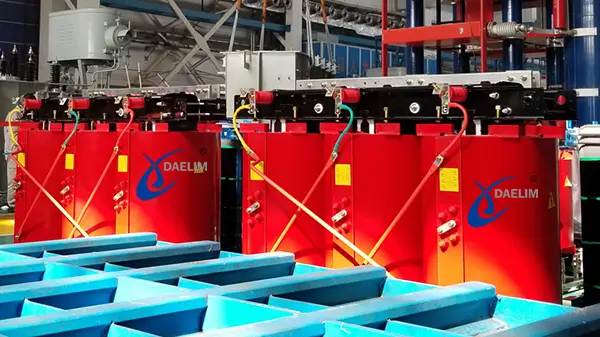
There are several advantages to using a dry-type transformer, including reduced energy consumption.
- 3 inches (76 mm) from the wall instead of 6 inches (152 mm), the footprint of the gadget has been greatly reduced (76 mm)
- the terminals are large enough to accommodate coordinated lug kits.
- Secondary cables now have access to several feeds, and the bending radius of primary cables has increased by 250%
- All models feature a 200% neutral, enabling users to plug in both linear and non-linear panels.
- An insulating system rated for 220 degrees Celsius by UL
- Light-weight units
Related Article
Ultimate guide to cast resin dry type transformer
What Are The Types Of Transformer Loss?
Transformers possess vulnerabilities just like any other piece of technological equipment.
Generally, transformers in the perfect world wouldn't lose power, but real-world transformers do.
A transformer's output power limits the input power and is never 100% of the input. Whenever electricity is usually lost, heat is gradually generated that needs to be frequently removed.
Resistive Loss
Resistance in the copper windings of a transformer causes power loss, which is typically referred to as resistive loss, I2R loss, or copper loss.
These electrical disturbances, called harmonics, reduce the wire's cross-sectional area and increase the resistance to flow through it because higher frequencies push electrons farther out toward the conductor's skin.
Eddy Current Loss
Currents formed in the metal components of the system due to the fluctuating magnetic field result in energy loss in a transformer or motor known as eddy current loss.
Each conductor will experience a voltage and current induction from a moving magnetic field.
The low resistance of the iron core makes it possible for magnetic fields to induce each other.
Hysteresis Loss
Hysteresis refers to the phenomenon whereby magnetism in a material persists after the application of a magnetic field is usually discontinued, resulting in a loss.
Magnetic domains are generally localized areas of a magnetic material that are typically brought closer together by an applied magnetic field.
It is the presence of a magnetic field that causes the magnetic domains in iron to take on a magnetic character and migrate.
Flux Loss
Flux loss refers to the fact that not all of the flux lines from the primary make it through the core to the secondary.
This is equivalent to one air flux line for every ten thousand core flux lines. You can expect a little flux loss from a well-built transformer.
Learn More About Transformer Loss
What is the Standard Efficiency of A Transformer?
The efficiency of a power transformer could be anything from 97% and 99.5%. It is essential that the power given to the load be equal to the sum of the losses incurred by resistance, inductance, inertia, and magnetic flux. When considering energy flow, it is always the case that input exceeds output.
Efficiency, in the context of a transformer, will be defined as the percentage of input power that is generally converted into valuable output power.
One instrument can often be used to measure both input and output power. Kilowatts and wattages are the basic unit for power (W).
In the case of a properly and well-functional operating transformer, the result is relatively near to the input.
Hence, the output-to-input ratio is not typically used as a measure of a transformer's efficacy.
Because it connects the supply and load systems, the transformer is an essential part of the electrical grid.
There is a positive correlation between a transformer's age and its output, suggesting that it becomes more efficient over time.
In addition, the usual efficiency of a transformer is between 95 percent and 99 percent.
There is the potential for efficiency as high as 99.7 percent with a good built low power transformer.
Measuring the output and input of a transformer is not standard practice. Thus, this is due to the 1%-2% inaccuracies characteristic in wattmeters.
Keep Reading: The Ultimate Guide To IEC 60076 Standard
Ending Notes
When it comes to American and Canadian standards, Daelim Transformers consistently excel.
Keeping our environmental footprint feasible while still providing excellent service is a top priority for us, and this is one way we show our commitment to this goal.
Related Products
Related Article
CSA C88 Standard For Power Transformers
CSA C88 is a comprehensive standard for power transformer and reactor bushings in Canada and across the globe. Daelim is a professional supplier of CSA standard transformers. Not only has CSA product certification but also cUL listed. It can provide CSA and cUL labeling services for your transformer.
Pad Mounted Transformer CSA C227.4 National Standard of Canada
As a transformer buyer and manufacturer, you should be familiar with the local transformer design requirements and standards. This article tells the Canadian country's transformer standard CSA C227.4, the pad-mounted transformer below 3000kva.
Exploring Everything About 2000 kVA Transformer
The article introduces Daelim’s 2000 kVA transformer, suitable for utilities, data centers, and solar power plants. It details technical specifications such as type, weight, oil volume, copper content, price, load capacity, and overload assessment. It covers different models, including S13 low-loss and three-phase transformers. Daelim offers both oil-immersed and dry-type options, emphasizing efficiency, reliability, and fast delivery.


